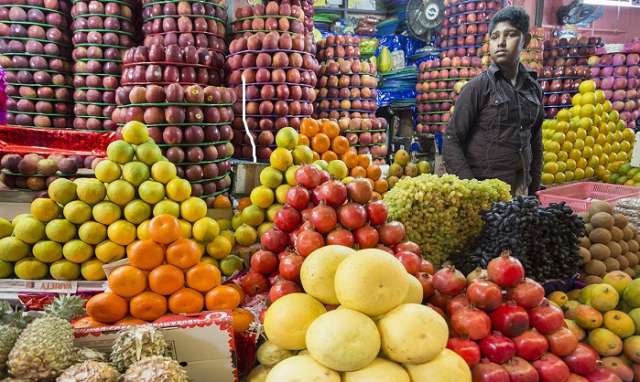The sphere-packing problem asks a deceptively simple question: What arrangement allows you to cram the most spheres into a limited volume? This is easy to describe, but profoundly difficult to prove.
In 1611, Johannes Kepler suggested that the best arrangement for stacking 3-dimensional spheres like cannonballs or oranges is a pyramid. But it took until 1998 for Hales to publish his proof – and it took another 16 years and computer assistance to formally verify it.
In the meantime, mathematicians have been gunning hard for higher dimensions. “It turns out that every dimension is different,” says Henry Cohn at Microsoft Research New England in Cambridge, Massachusetts. “They have their own idiosyncrasies, and bizarre things happen in certain dimensions. This makes the problem enormously more subtle than you would expect.”
Now, Maryna Viazovska of Humboldt University of Berlin has proved that a uniquely useful grid called the E8 lattice is the best packing in 8 dimensions, and almost immediately teamed up with Cohn and other researchers to prove that a related arrangement called the Leech lattice is best in 24 dimensions.
Magic functions
The fact that these were the next dimensions to fall is not a coincidence. For reasons mathematicians don’t quite understand, such lattices don’t show up in other dimensions. But they’re widely regarded as being the most efficient arrangements in the dimensions they apply to. “These are unbelievably good packings,” Cohn says. “The spheres in these dimensions fit perfectly, it works in ways that don’t happen in other dimensions.”
In 2003, Cohn and his colleagues found a method for approximating how close these packings came to being the best answer. They also suggested that certain “magic” functions should exist that would prove outright that E8 and Leech were the best packings – if only they could find them.
“That’s what Maryna did,” Cohn says. “She found the function in 8 dimensions by an incredibly clever method. She’s the real hero in this story.”
Noisy signals
Unfortunately, it’s not obvious how to extend this proof to even more dimensions. But this isn’t just a mathematical game. The sphere-packing problem in 24 dimensions has applications in wireless communication, and has been used to communicate with spacecraft in the distant solar system.
It turns out that you can imagine sending signals over a noisy communication channel as being analogous to the sphere-packing problem. To send as much information as possible, you want to have many channels going at once. But you don’t want them to overlap, because that could introduce ambiguity and errors.
If you imagine each signal as a sphere, then the sphere-packing problem tells you how many channels you can have without overlap.
“If you grabbed someone on the street and said, ‘Hey, did you know mathematicians are studying spheres in high dimensions?’ They’d look at you like you were crazy,” Cohn says. “But if you told them mathematicians are studying how to make your cell phone work better, it sounds a lot more reasonable.”
More about:
















































